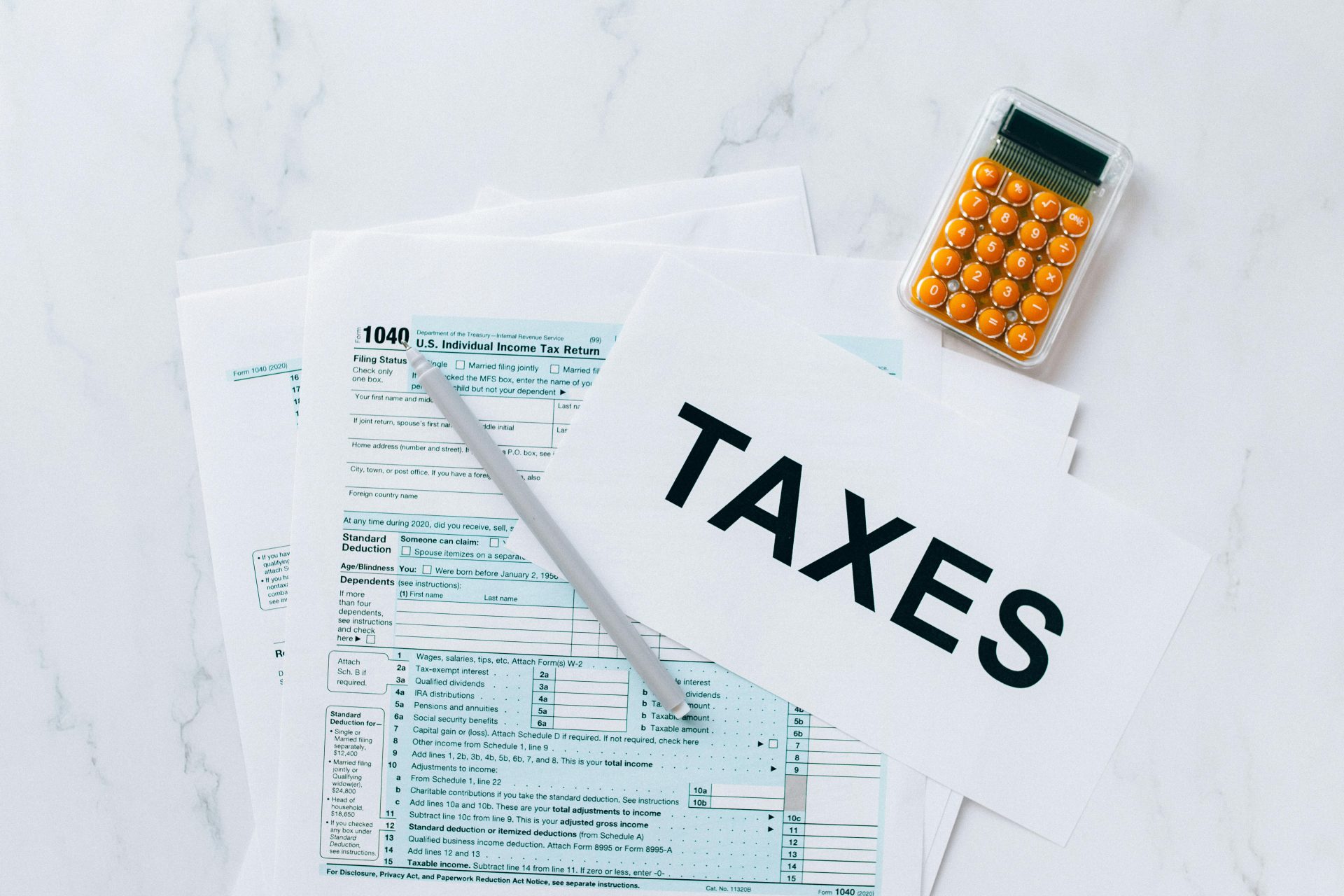Required minimum distributions (RMDs) are mandatory withdrawals from certain retirement accounts, starting at age 73 under current law. If you were born between 1951 and 1959, you must start taking RMDs at age 73; for those born in 1960 or later, the age increases to 75 beginning in 2033. These distributions are based on your age and account balance, and failure to comply can lead to steep penalties. Knowing the rules around RMDs is crucial for effectively managing your retirement income and avoiding unnecessary costs.
As you get older, it’s important to have a plan for taking required minimum distributions (RMDs) from your qualified retirement accounts. These are mandatory withdrawals that the IRS requires you to take every year once you reach your applicable RMD age (73 if you were born between 1951-1959, and age 75 if you were born in 1960 or later (beginning in 2033).
The amount of your yearly RMD depends on your age and how much money is in your IRA or 401(k). If you don’t take out enough money each year, there could be penalties involved, but if you take out too much, there might be even worse consequences.
So what’s an investor like you supposed to do?
Don’t worry; Our team at Intelliplan Financial is here to help.
Explore our tips for making sure you’re getting the most out of these tricky withdrawals:
Tip #1: Know Which Retirement Accounts are Subject to RMDs
Before you begin, it’s important to understand the basics – which retirement accounts trigger RMDs. Here are the accounts affected:
- Traditional IRA
- SIMPLE IRA
- Rollover IRA
- SEP IRA
- 401(k)
- SIMPLE 401(k)
- 403(b)
- Governmental section 457 deferred compensation
Roth IRAs are not subject to RMDs during the owner’s lifetime. As of 2024, designated Roth accounts in employer plans, such as Roth 401(k)s, Roth 403(b)s, and Roth governmental 457(b) accounts, also do not require lifetime RMDs for the original owner. However, beneficiaries are still subject to RMD rules on inherited Roth accounts.
Tip #2: Determine Your Required Starting Date
For most retirees today, RMDs begin at age 73, with the age increasing to 75 in 2033 for those born in 1960 or later. Minimum distributions must be made on or before December 31st of each year.
For IRAs, you must take your first RMD by April 1st of the year following the year you turn your applicable RMD age. This applies to everyone whether or not the person is retired. The second distribution must be made within the same year before December 31st.
Distributions may be taken in lump-sums or taken in pieces throughout the year as long as the correct total RMD amount is taken by the due date. Distributions are generally taxed as income and any distribution made through December 31 will be taxed in the current year.
Required beginning dates for RMDs on your employer-sponsored plan(s) may vary so we suggest contacting your employer-sponsored plan administrator for specific rules on each plan. Many employer plans (like 401(k)s) also offer a “still working” exception that may allow you to delay RMDs from your current employer’s plan until you actually retire, if you don’t own more than 5% of that company. This exception does not apply to IRAs or to plans from former employers.
It’s important to note that you must take each RMD for a qualified employer-sponsored plan from that specific plan. You cannot mix RMD amounts from your IRA(s) with your qualified employer-sponsored plan(s).
Tip #3: Calculate your RMD correctly
Your RMD is based on your age and the account balance at the end of the prior year so it’s important to re-calculate your RMD every year.
For IRAs, you – the account owner – are responsible for calculating and taking your RMDs. The IRS has developed a worksheet to help people calculate RMDs here.
If you have a qualified employer-sponsored plan, your employer is responsible for calculating the RMD amount and distributing the RMDs, but you are still responsible for confirming that the correct amounts are taken by the deadline.
Tip #4: Consider all your retirement accounts
If you have multiple IRAs, you should calculate the RMD from each IRA and add them together to determine your total RMD due. You may take the total distribution from one or more IRAs to meet the RMD due for that particular year.
However, this is not the case for qualified employer-sponsored accounts – such as 401(k)s. If you have multiple 401(k) accounts, each plan will calculate the RMD and will distribute the RMD separately.
Tip #5: Have a Plan for Your Unused Distributions
Though you must take RMDs, that doesn’t always mean you need to spend the funds you pull from your accounts. So, what can you do with the extra funds? Here are some ideas:
- Reinvest the funds in a tax-advantaged account – such as a Roth IRA or life insurance policy
- Donate the money to your favorite charity or organization
- Help future generations by setting up a college fund or Roth IRA for grandchildren
Tip #6: Avoid RMD penalties
What happens if you don’t take your RMD? If you miss the deadline and do not take your total RMD due for that year, you could get hit with a tax penalty, 25% of the amount not taken. For example, if your total RMD was $20,000 but you only took $15,000, you’d owe a $1,250 penalty plus income tax.
If you withdraw both the missed RMD amount and the current RMD amount due by the end of the second year following the year it was originally required, the penalty is reduced to 10%.
Tip #7: Understand How RMDs Are Taxed
How much of your RMD is taxable? In most cases, your entire RMD is taxed as ordinary income at your current tax rate. This is because traditional IRAs and 401(k)s were funded with pre-tax dollars, so the IRS collects taxes when you withdraw.
The timing of your distribution matters for tax purposes. Any RMD taken by December 31 will be taxed in that current year. If you delay your first RMD until April 1 of the following year, you’ll have two taxable distributions in that same year—which could push you into a higher tax bracket.
You have the option to request tax withholding from your RMD, or you can choose to pay estimated taxes separately. Keep in mind that state income tax rules vary, so your RMD may also be subject to state taxes depending on where you live.
Start Strategically Managing Your RMDs
Planning for your retirement income can easily become convoluted. That’s why it’s important to seek help from our experienced team at Intelliplan Financial. We’ll help you manage your RMDs as one piece of a bigger holistic plan that supports the life you want to live.
Schedule an appointment with an Intelliplan Financial advisor to start creating your custom, well-coordinated retirement plan.
Frequently Asked Questions About RMDs
What is the new RMD age?
Under the SECURE Act 2.0, the RMD age is now 73 for anyone who turns 73 after December 31, 2022. Starting January 1, 2033, the RMD age will increase again to 75.
How much of my RMD is taxable?
Your entire RMD from traditional IRAs and 401(k)s is generally taxable as ordinary income. This is because these accounts were funded with pre-tax contributions, so taxes are due when you withdraw.
How are RMDs calculated?
RMDs are calculated by dividing your account balance as of December 31 of the prior year by a life expectancy factor from the IRS Uniform Lifetime Table. Your calculation changes each year as you age.
Do Roth IRAs have RMDs?
No, Roth IRAs do not require RMDs for the account owner during their lifetime. This is one of the key benefits of Roth IRAs for estate planning.
Do Roth 401(k)s require RMDs?
As of January 1, 2024, Roth 401(k) accounts no longer require RMDs. This change under SECURE Act 2.0 aligns Roth 401(k)s with Roth IRA rules.
What happens if you don’t take your RMD?
If you miss your RMD, you could face a penalty of 25% of the amount you failed to withdraw. However, this penalty can be reduced to 10% if you withdraw the missed amount and file the correction within two years.
Can you combine RMDs from multiple IRAs?
Yes, if you have multiple traditional IRAs, you can calculate each account’s RMD separately but take the total distribution from one or more of your IRAs. However, this aggregation rule does not apply to 401(k)s—each 401(k) must distribute its own RMD.
Can you take RMDs monthly?
Yes, you can take your RMD in installments throughout the year, as long as you withdraw the full required amount by the December 31 deadline. Some retirees prefer monthly distributions to create steady retirement income.
Disclosure: Financial Planning and Advisory Services are offered through Prosperity Capital Advisors (“PCA”), an SEC-registered investment adviser. Registration as an investment adviser does not imply a certain level of skill or training. Intelliplan Financial and PCA are separate, non-affiliated entities. PCA does not provide tax or legal advice. Insurance services offered through Intelliplan Financial are not affiliated with PCA.
Financial Planning and Advisory Services are offered through Prosperity Capital Advisors (“PCA”), an SEC registered investment adviser. Registration as an investment adviser does not imply a certain level of skill or training. Intelliplan Financial and PCA are separate, non-affiliated entities. PCA does not provide tax or legal advice.






